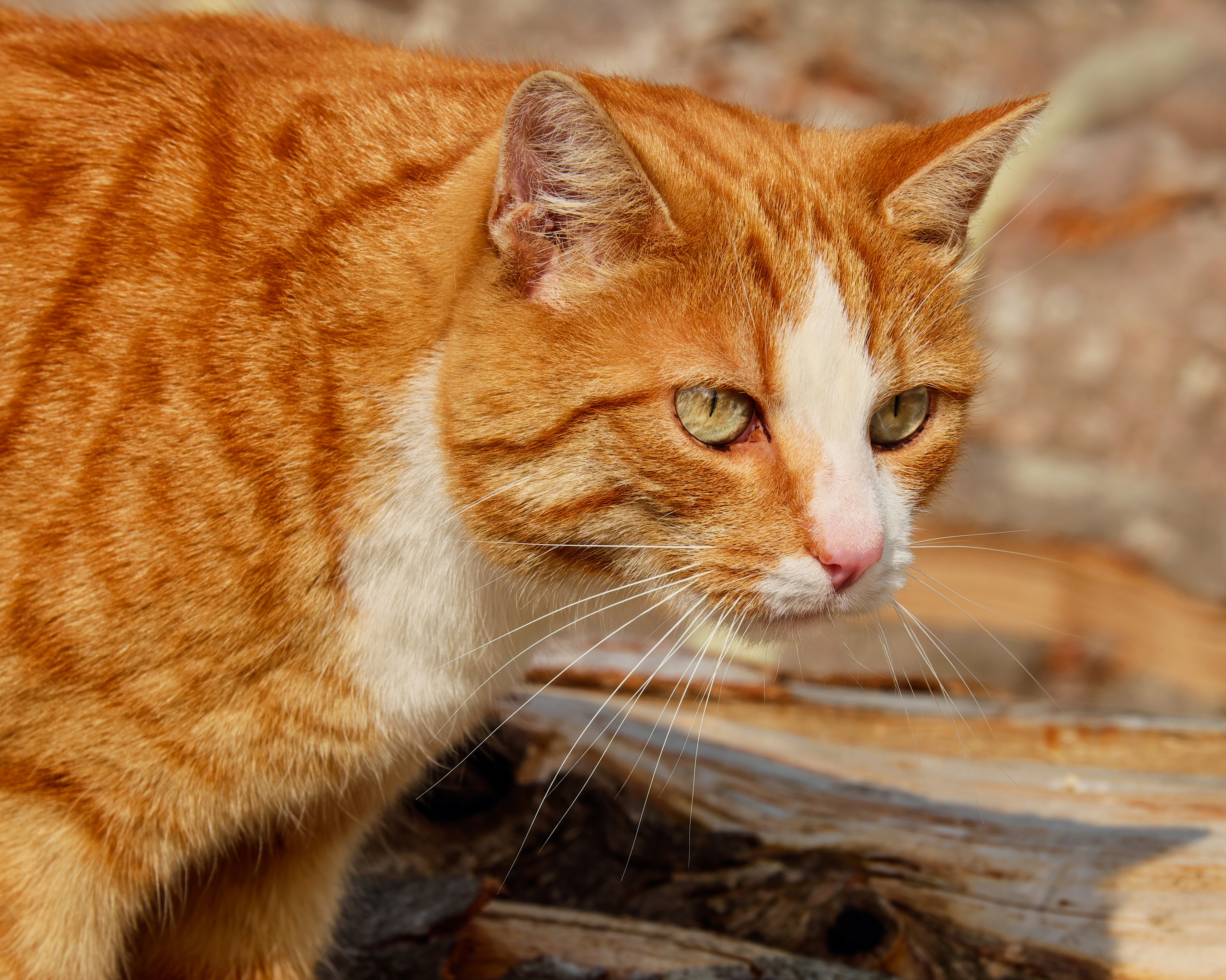

The Bengal marbling is a unique patterning of horizontally aligned swirls that are not found in the other breeds who tend to have bull’s-eye patterning. So take a look at your marbled cat: if the coat is the same on both sides, you don’t have a Bengal! If it’s different, you do! All the other breeds we mentioned have a symmetrical pattern on both of their sides, but Bengals don’t and this is unique to the Bengal breed. This makes it quite easy if you’re wondering whether or not your marbled fur baby is a Bengal. In the same way that Spotted Bengal cats have asymmetrical markings – marbled Bengal cats do too.

I’m sure you can see why we chose this pic of Fire to illustrate this – her rosetting is superb!īecause a Bengal’s spots are random, the pattern on each side of the cat will be asymmetrical – i.e. A rosette is a spot that has a dark outline with a lighter colour inside, with the inside colour being darker than the base coat. Here is where we can talk about rosettes too – which is a unique feature to the Bengal cat (unique when talking about domestic cats, many of our wild cousins have rosettes). A Bengal’s spots should be more randomly distributed, with no set patterns, and are usually larger and more distinct than those of other breeds.Ī Bengal’s spots are often arrowhead-shaped like you can see on some of Fire’s in the picture and there should be a sharp contrast of colour between the spots and the base coat. In the other spotty breeds we mentioned, the spots are round and evenly distributed, though they might vary in size. We’re using her gorgeous photo to demonstrate to you how fantastic a Bengal’s spots – or rosettes – can be. This lovely girl is called Fire Dancer – she belongs to Jessie, who’s a great friend of ours from our Facebook page 🙂 So in our quest to identify whether your cat is a Bengal or not, let’s first examine what coat patterns are unique to a Bengal cat, whether spotted or marbled… If your cat doesn’t display these features, then they are not a pedigree Bengal. On our Bengal Cat Facts page, we explain lots of different facts about us Bengals which may help you if you want further information about the breed in this article, we’re going to be more specific about what makes Bengals different to the other cats we’ve mentioned. Here’s some photos of these lovely cats: Marbled British Shorthair Marbled Oriental tabby Marbled Manx tabby Turning our attention to marbled breeds, there’s the Marbled British Shorthairs, marbled Manx cats, and marbled Oriental and Asian tabbies. Here’s some examples:Įgyptian Mau Ocicat Oriental Spotted Tabby There are other spotty and marbled pedigree breeds too, so let’s look at the spotty ones first: there’s one of the oldest domesticated breeds, the Egyptian Mau, and also the Ocicat, Brown Spotted Manx, Brown Spotted British Shorthair, the Oriental Spotted Tabby and the Brown Asian Spotted Tabby. Regular tabby cats can have spotty or marbled fur too – here’s our very own Robbie cat showing off his spots! Robbie’s spotty tummy We’ll begin by saying that just because a cat has spots or marbling in its fur, this doesn’t automatically mean it’s a Bengal! There are many cats who have this who aren’t Bengals. They’re going to help us explain the differences between Bengals and tabbies in this article 🙂 My Cat has Spots, so it must be a Bengal, Right? Hello from Robbie!īefore we go any further, we must point out that in writing this article, we’re not inferring that tabby cats are in any way inferior to Bengal cats – we love all cats in our World, and have our very own ginger tabby cat, Robbie and have had lots of tabby cats in the past, including our gorgeous girl, Friday. Some of the most common questions we’re asked are “What are the differences between a tabby cat and a Bengal cat?” and “Is my cat a Bengal cat?” So we thought it might be handy to write our thoughts down on how you can tell whether your cat is a Bengal or a lovely tabby or even some other breed. What are the differences between Bengal cats and other tabby cats?


 0 kommentar(er)
0 kommentar(er)
